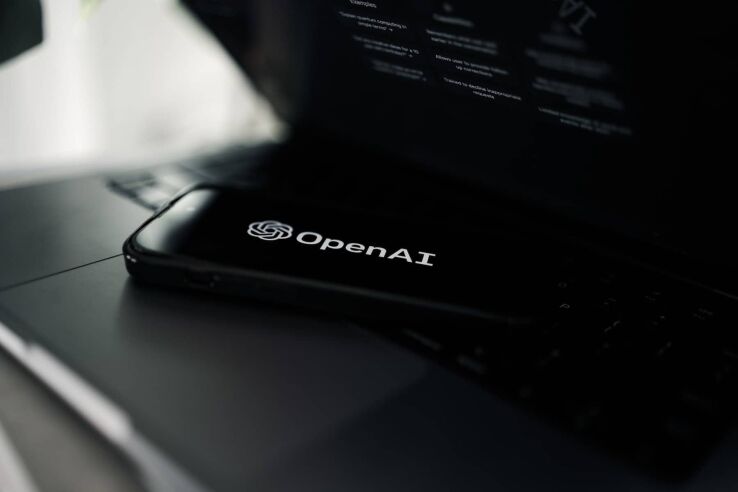GPT 4 vs GPT 3
What does the upcoming language model bring to the table?

WePC is reader-supported. When you buy through links on our site, we may earn an affiliate commission. Prices subject to change. Learn more
OpenAI’s upcoming language model, GPT-4, is set to revolutionize the way we interact with AI in probably a list of things, with its capabilities that go beyond its predecessor, GPT-3.
With 1 trillion parameters, GPT-4 is expected to be even more accurate and human-like in its dialogue. This article will provide a comparison between GPT-3 and GPT-4, highlighting the significant differences between these two models.
GPT-3 is the current most advanced GPT model, with 175 billion parameters, which is roughly equivalent to the number of synapses in a Hedgehog’s brain. It has been used in a wide range of applications such as chatbots, language translation, and even writing essays and poetry.
On the other hand, GPT-4 is rumored to have 1 trillion parameters. This additional parameter count will allow GPT-4 to be even more accurate and human-like in its dialogue, with the potential to understand the outside world and make more informed decisions.
GPT-4 may use different architectures such as the Transformer or the reformer architecture, which can improve the efficiency and performance of the model.
READ NOW: Chat GPT vs Google
GPT 4 & GPT 3 differences
One of the significant differences between GPT-3 and GPT-4 is the latter’s ability to solve ChatGPT’s problem of responding slowly to user-generated queries. GPT-4 is expected to give out answers much more quickly and in a more human-like manner.
Another significant difference between GPT-3 and GPT-4 is the latter’s ability to understand and navigate the outside world. GPT-3 does not have a coherent theory of mind and doesn’t understand that the outside world exists, which can be a limitation in certain applications.
However, with GPT-4, we may see a shift towards a more general understanding of the world, enabling the model to make more informed decisions.
GPT-4 is also expected to have even more training data to draw from, which will make it even more accurate and human-like in its dialogue. This is due to advancements in data collection, cleaning, and pre-processing.
READ NOW: ChatGPT vs Notion AI
GPT 4 & GPT 3 similarities
It’s important to note that GPT-4 will still have the inherent problem of making things up when it doesn’t know the answer, just like GPT-3.
GPT-4 is predicted to replicate human language and speech patterns even more effectively than GPT-3. Reinforcement learning from human feedback is another way that GPT-4 can achieve this goal.
The model is trained using feedback from human users through a feature like the thumbs up or thumbs down buttons, similar to ChatGPT’s process. This allows GPT-4 to be less prone to misinformation and harmful content.
Experts are exploring ways to implement a separate routine to check for accuracy, which could be built into GPT-4, making it even more sophisticated.